Originally Posted by
NameLikeNoOther

Get in the position and work with what Zog has generously provided on the TWIR. It won't be long before you figure out where the weak links or transitional windows are that may be available.
I just had my mind blown in training last night. A much higher level guy told me that he looks at every part of their body, every inch, every orifice, and looks to exploit any 'open-face' that comes up. This 'open face', as it were, could be any part of the body that is a pushing point for a joint or limb opening on the body. As an example, if you think about traditional spider guard in the gi, the crook of the arm is the point where you can make them become weak. The same could be said about the openings of the shoulders, the hips, the knees, the wrists, basically any joint that works on a hinge will have an open face. When you want to pin a guys shoulders to the mat, you pin the open face of his shoulder. When you want to attack his neck, you find the opening below the chin/jawline that can manipulate exposure to the neck. We brought up some of the lockdown half and quarter guard stuff and it all applies in a twisted fashion. In quarter guard or quarter clinch, you may often times post your outside hand on his trapped knee to push it in a more favorable direction. These are just examples. You are still attacking and locking up knees in a manner where you take away their power. It's tougher to explain than to show. In any case, he made a point that the gi could bend the rules in or against your favor with this principle. We briefly discussed defending leg locks and a lot of these same basic principles applied. Attack his leg at a point that it's weak and make your leg strong in the transition. I'd give a +1 to the reposted post just for the idea of getting into the position and working with it. But consider the exact hand and foot placement in the defense, perhaps a discovery can be made.




 Reply With Quote
Reply With Quote





 You can see alot of his game injected into mine. He's who I learned the Russian Cowboy from.
You can see alot of his game injected into mine. He's who I learned the Russian Cowboy from.
